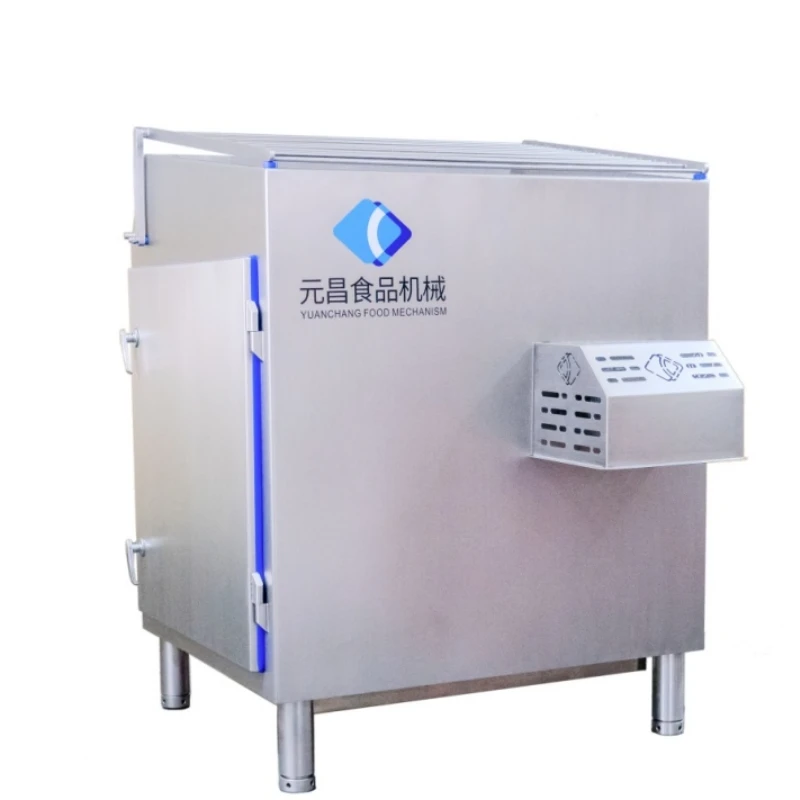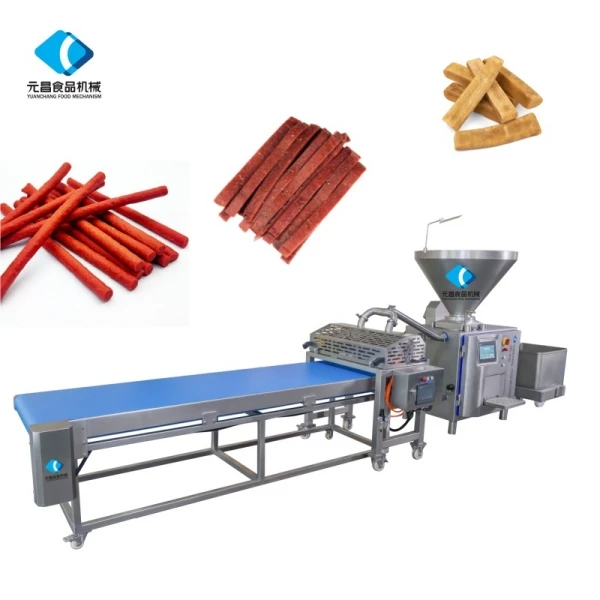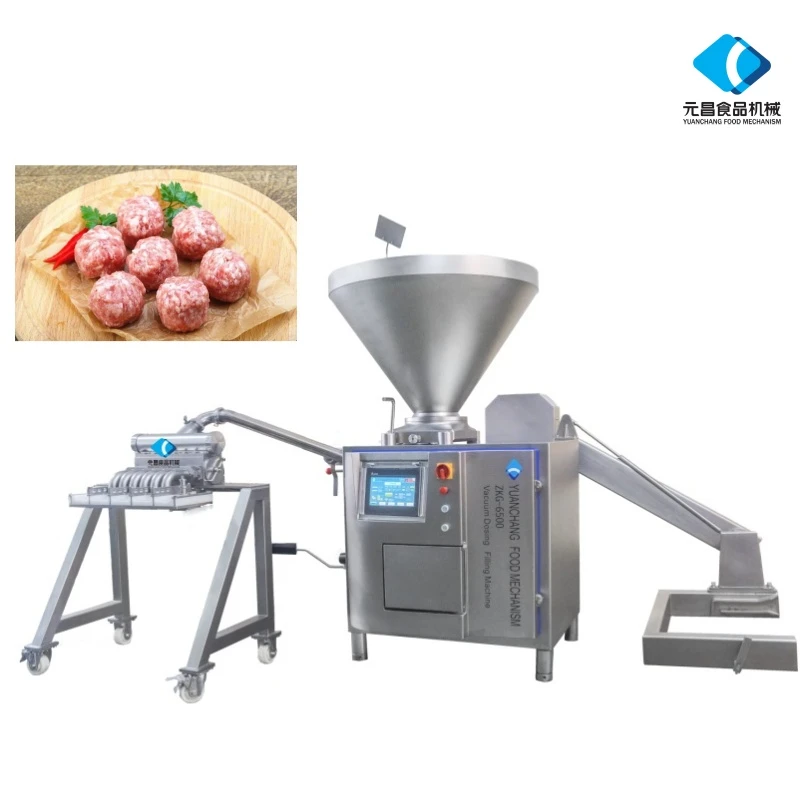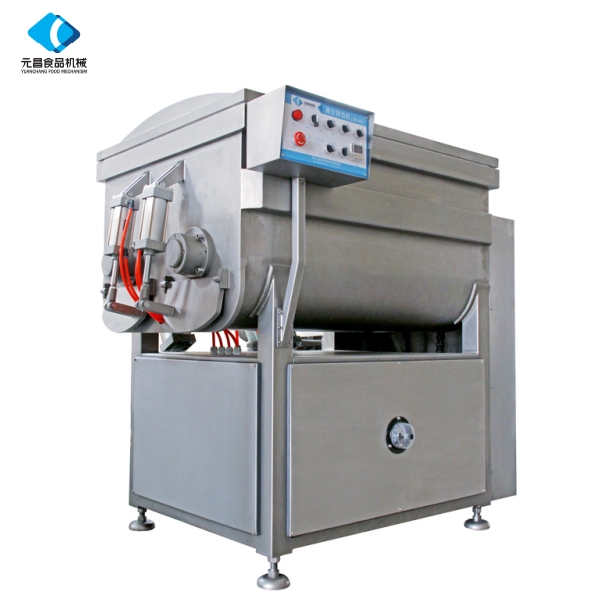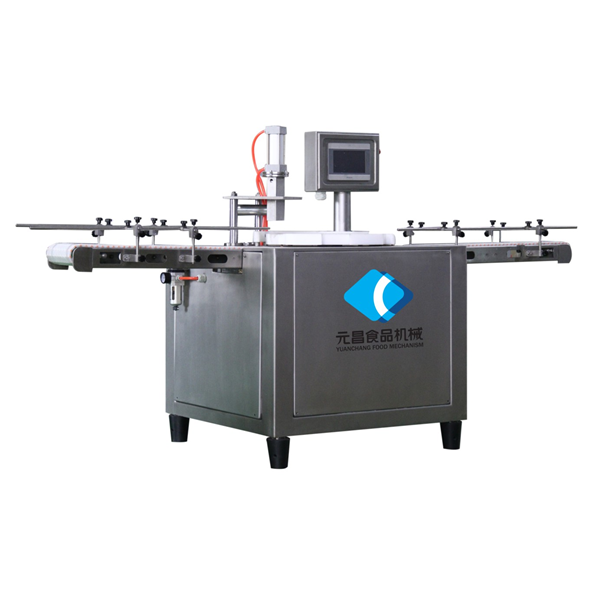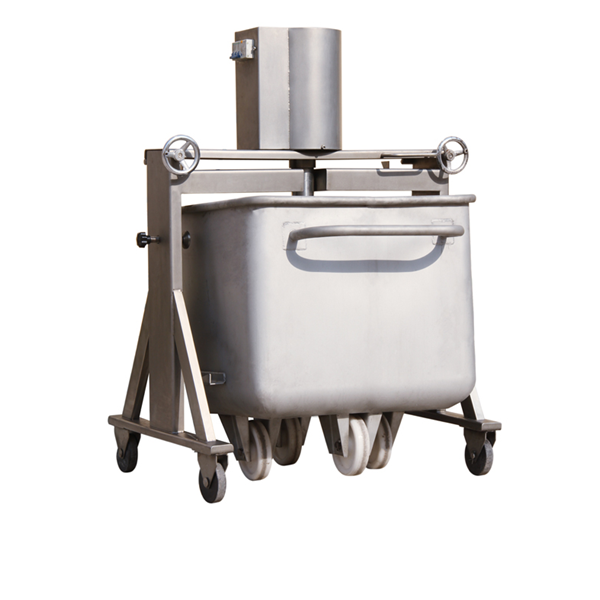- Afrikaans
- Albanian
- Amharic
- Arabic
- Armenian
- Azerbaijani
- Basque
- Belarusian
- Bengali
- Bosnian
- Bulgarian
- Catalan
- Cebuano
- chinese_simplified
- chinese_traditional
- Corsican
- Croatian
- Czech
- Danish
- Dutch
- English
- Esperanto
- Estonian
- Finnish
- French
- Frisian
- Galician
- Georgian
- German
- Greek
- Gujarati
- haitian_creole
- hausa
- hawaiian
- Hebrew
- Hindi
- Miao
- Hungarian
- Icelandic
- igbo
- Indonesian
- irish
- Italian
- Japanese
- Javanese
- Kannada
- kazakh
- Khmer
- Rwandese
- Korean
- Kurdish
- Kyrgyz
- Lao
- Latin
- Latvian
- Lithuanian
- Luxembourgish
- Macedonian
- Malgashi
- Malay
- Malayalam
- Maltese
- Maori
- Marathi
- Mongolian
- Myanmar
- Nepali
- Norwegian
- Norwegian
- Occitan
- Pashto
- Persian
- Polish
- Portuguese
- Punjabi
- Romanian
- Russian
- Samoan
- scottish-gaelic
- Serbian
- Sesotho
- Shona
- Sindhi
- Sinhala
- Slovak
- Slovenian
- Somali
- Spanish
- Sundanese
- Swahili
- Swedish
- Tagalog
- Tajik
- Tamil
- Tatar
- Telugu
- Thai
- Turkish
- Turkmen
- Ukrainian
- Urdu
- Uighur
- Uzbek
- Vietnamese
- Welsh
- Bantu
- Yiddish
- Yoruba
- Zulu
Premium Sausage Filling Machines Automatic & Efficient
- The Critical Role of Sausage Filling Machines in Modern Production Lines
- Cutting-Edge Technical Capabilities of Automated Stuffing Equipment
- Market Comparison: Analyzing Leading Manufacturers' Offerings
- Customized Solutions for Diverse Production Requirements
- Field Applications: Implementation Success Stories
- Selection Criteria for Optimal Machine Performance
- Future Innovations in Sausage Linking and Filling Technology
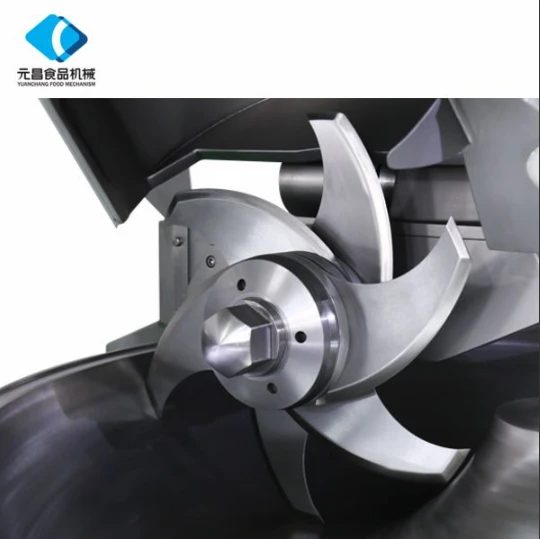
(Машины для наполнения колбас)
The Pivotal Role of Sausage Filling Machines in Contemporary Operations
Meat processing facilities globally increasingly rely on specialized sausage filling machines to address production demands. These systems combine precise volumetric filling with integrated linking mechanisms to transform ground meat mixtures into commercially viable products. Facilities report average waste reduction of 18% following implementation, alongside 29% higher throughput compared to manual methods. The integration of automated sausage linking stations specifically eliminates bottlenecks, allowing continuous production flow that maintains casing integrity while achieving speeds between 2,000-6,000 units per hour.
Technical Advancements in Automated Stuffing Systems
Modern sausage fillers incorporate hygienic design with advanced controls. Stainless steel constructions meet IP67 standards while vacuum-fill technology minimizes air pockets - critical for consistent texture and shelf life. Programmable Logic Controllers (PLCs) manage variable-speed pumps that adjust viscosity compensation automatically, reducing product loss by up to 12%. Dual-linker configurations with servo-driven clipping achieve millimeter-perfect placement for portion-controlled products. Temperature management systems maintain meat emulsion below 4°C throughout processing, a vital food safety feature exceeding HACCP requirements.
Market Leaders Comparison Analysis
| Manufacturer | Key Models | Filling Capacity (kg/h) | Linking Speed (cycles/min) | Adaptability Index | Energy Rating |
|---|---|---|---|---|---|
| Handtmann | VP 200/VF 610 | 4,500 | 85 | 94% | A++ |
| Vemag | Robot 500 | 3,800 | 75 | 91% | A+ |
| Risco | SC133/CL2000 | 5,200 | 95 | 88% | A |
| Treif | Oscar S62 | 3,200 | 70 | 97% | A++ |
Measures casing type/material adaptability; Industry benchmark: 85%. Data compiled from 2023 industry reports.
Bespoke Configuration Engineering
Leading manufacturers implement modular design principles enabling 120+ configurations to address production variables like collagen casings versus natural intestines. A German processor recently implemented a twin-head VF 610 system with asymmetrical nozzle arrangements allowing simultaneous production of 20mm and 35mm diameter sausages. Hydraulic pressure regulation was calibrated for delicate sheep casings requiring under 0.8 bar filling pressure, while integrated load cells provide real-time weight verification (±1g accuracy). Such engineered approaches decrease changeover times by 40% while maintaining 99.4% portion consistency.
Production Implementation Case Studies
Ukrainian meat company Myronivsky Hliboproduct documented a 15-month ROI after installing Risco equipment across three facilities. The automated sausage linking stations integrated with existing smokers reduced labor requirements from 23 to 8 operators per shift while increasing daily output by 47 tonnes. Similarly, a Spanish chorizo producer utilizing Vemag systems with automatic clip loading mechanisms eliminated manual handling, reducing repetitive motion injuries by 73% according to their occupational health reports. Production consistency improved with weight variation dropping from ±5% to ±1.5% across batches.
Acquisition Decision Parameters
Processor evaluations should prioritize three operational metrics: specific energy consumption (SEC), measured in kWh per tonne of product, where premium models achieve 18-22 kWh/t compared to 35+ kWh/t in economy equipment; mean time between failures (MTBF), with industry leaders guaranteeing 1,200+ operating hours; and sanitation cycle duration. Advanced systems complete full CIP cleaning in under 22 minutes through optimized spray nozzle placement. Additionally, consider maximum permissible differential pressure rating for sensitive casings, where under 1.2 bar prevents rupture during high-speed filling.
Future Trajectories in Sausage Processing Technology
Emerging innovations focus on intelligent linking and stuffing synchronization. Patents filed in 2023 reveal hydraulic-pneumatic hybrid filling systems that reduce viscosity sensitivity, potentially eliminating pre-processing emulsion modifications. Computer vision integration enables automatic defect detection during clipping, with prototype systems rejecting malformed sausages at 0.1-second intervals. Industry 4.0 connectivity standards allow predictive maintenance notifications 72+ hours before component failure. Meanwhile, surface engineering advancements applying nano-coatings demonstrate 42% reduction in bacterial adhesion during testing, significantly impacting sanitation protocols.

(Машины для наполнения колбас)
FAQS on Машины для наполнения колбас
以下是根据核心关键词创建的5组英文FAQs,使用HTML富文本格式:Q: What are the main functions of sausage filling machines?
A: Sausage filling machines precisely stuff casings with meat mixtures using piston-driven mechanisms. They ensure consistent portioning and minimize air pockets in sausages. These machines handle various viscosities from fine emulsions to coarse-ground meats.
Q: How does an automatic sausage filler improve production efficiency?
A: Automatic sausage fillers operate continuously without manual intervention, doubling output speeds compared to manual methods. They integrate programmable logic controllers (PLCs) for precise portion control and reduced product waste. This automation significantly cuts labor costs and boosts throughput.
Q: Why are sausage linkers essential in processing lines?
A: Sausage linkers automatically twist filled casings into uniform links at high speeds, ensuring consistent sizing. They synchronize with filling machines via conveyor systems for seamless continuous production. This eliminates manual twisting, reducing breakage and improving product presentation.
Q: What safety features do modern sausage stuffing machines include?
A: Modern machines feature emergency stop buttons, safety interlocks on hoppers, and automatic pressure release valves. Stainless steel construction ensures hygienic operation and easy sanitation. Many comply with CE/UL standards with protective guarding around moving parts.
Q: What maintenance do sausage linking machines require?
A: Daily cleaning of nozzles and linking mechanisms prevents meat residue buildup. Monthly lubrication of gears/chains and annual calibration of sensors ensure optimal performance. Replacing worn twisting hooks every 6-12 months maintains consistent link quality.
-
Efficient Машина для резки говядины Precision & DurableNewsJun.07,2025
-
Professional Meat Grinder Machine Factory Industrial Quality & DurabilityNewsJun.07,2025
-
Commercial Meat Mincer Keema Machine for Sale High EfficiencyNewsJun.07,2025
-
Sausage Making Equipment for Sale - Professional & CommercialNewsJun.06,2025
-
Kolbasnaya Nachinka Premium Sausage Filling by Yuanchang & Meat Your MakerNewsJun.06,2025
-
Premium Sausage Mills & Fillings Effortless Meat ProcessingNewsJun.06,2025



